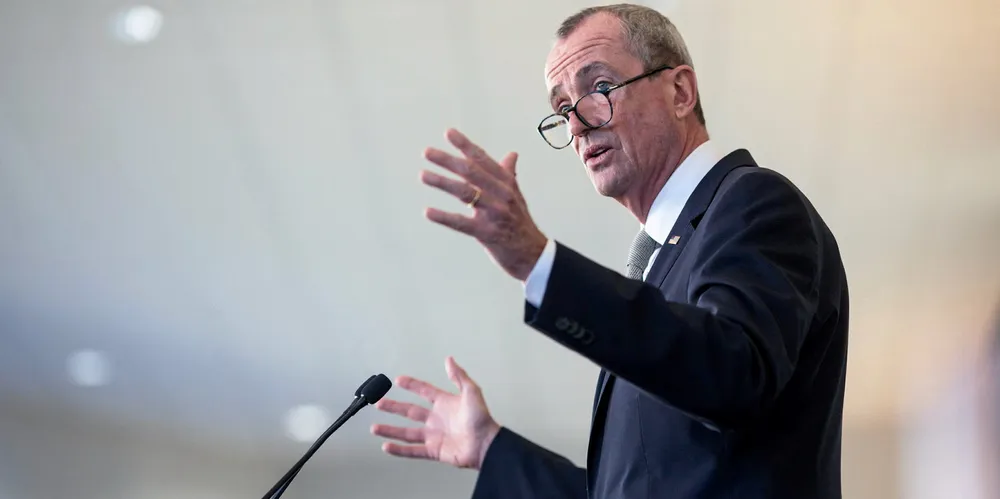'$3bn in savings' | Shell-EDF to build first planned link between US offshore wind plant and grid
New Jersey jumpstarts efforts to develop coordinated power transmission from future fleet of turbines in landmark approval under the state agreement approach
